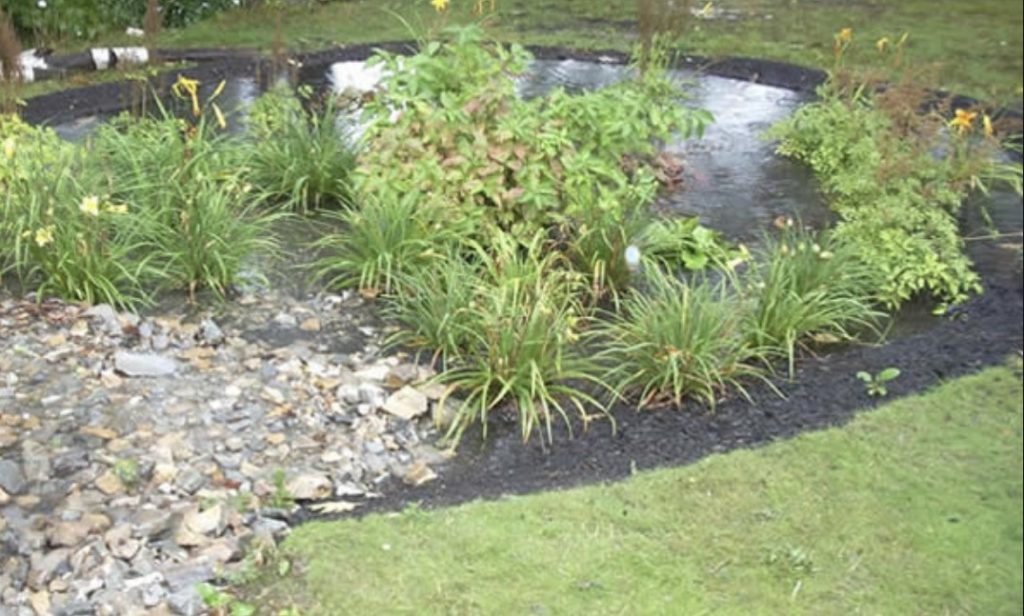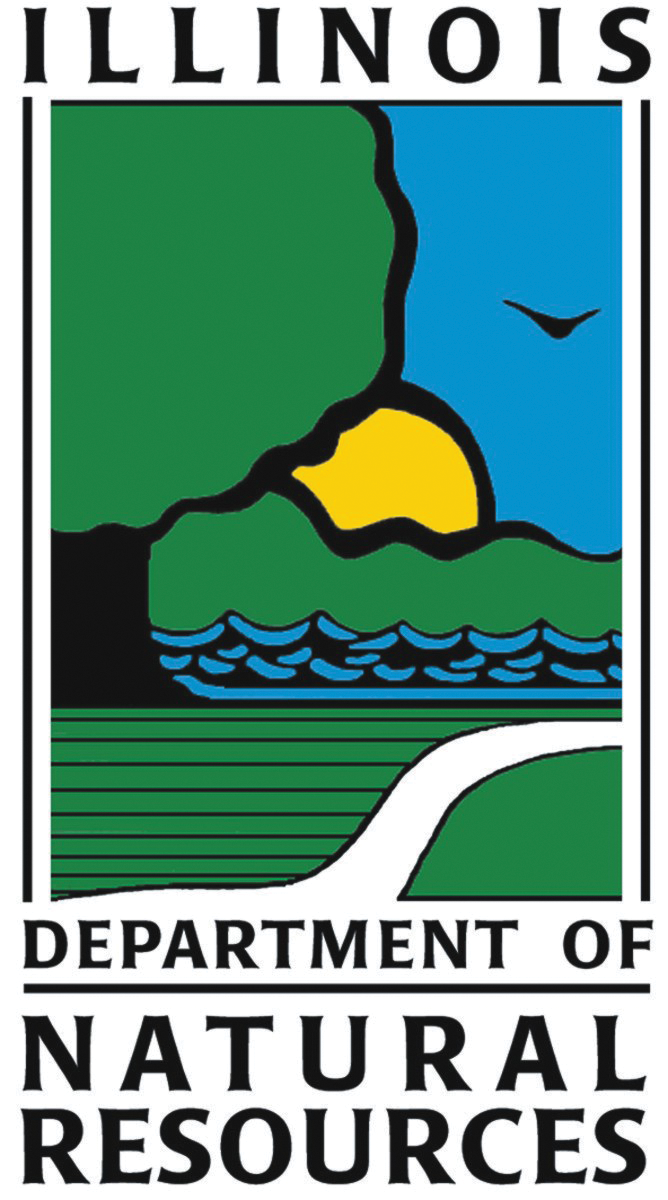
When it rains heavily or when there is an abundance of snow melt, low-lying lands and areas with extensive impervious surfaces, such as roofs, roads, and driveways, can flood when there is more water than the ground can absorb. Adding rain gardens or bioswales to the landscape provides an area for stormwater to accumulate and absorb into the soil.
A rain garden is a depression planted with water-loving plants that allows stormwater runoff to slowly soak into the ground instead of draining into storm drains or surface waters.
A bioswale is a channel that is designed to concentrate and channel stormwater runoff while also filtering debris and pollution.
These types of stormwater management practices are beneficial because they:
- keep excess water on site, which reduces the burden on storm sewers.
- reduce the need for irrigation.
- filter some pollutants carried by runoff from paved areas and roofs.
- encourage biodiversity. Developing sites featuring native plants attract pollinators and other native wildlife.
- help recharge groundwater supplies.
While adding rain gardens and other green landscaping practices, such as installing permeable pavers, can help you manage stormwater on your private property, to have a larger impact people need to work together at the community and watershed scale. To learn more read Guidance for Developing Watershed Action Plans (pdf).
Fact Sheets
Additional Resources
IDNR: Rain Garden Requirements and Plant Lists
IDNR: Bioswale Requirements and Plant Lists
Chicago Botanic Garden: Rain Gardens
University of Illinois: Illinois Library: Rain Gardens
Prairie Rivers Network: Rain Gardens





